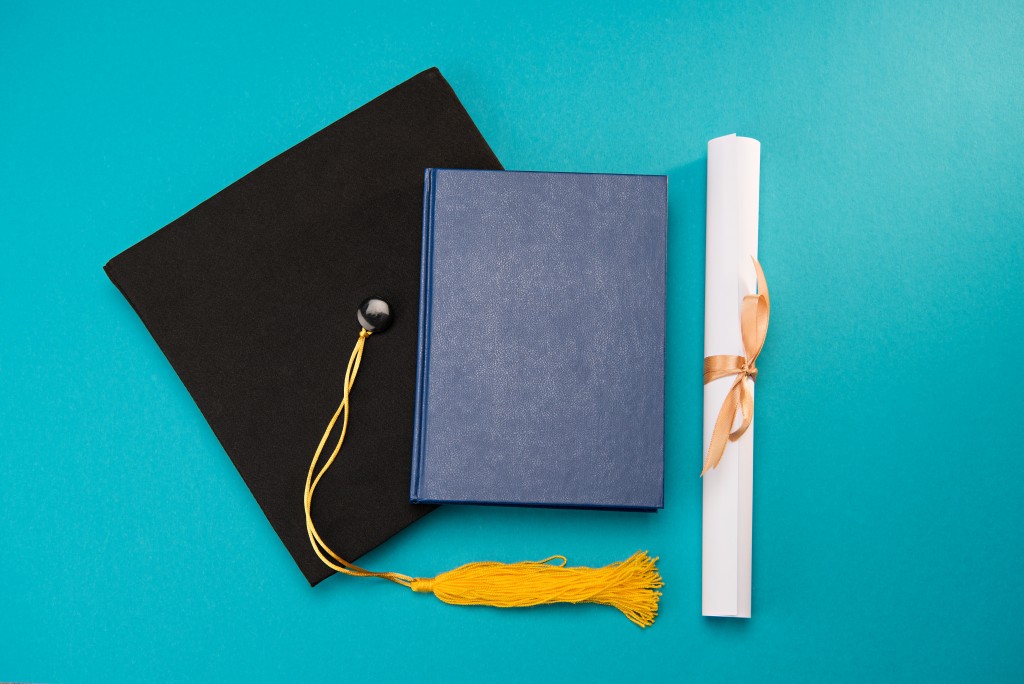Some people have always stereotyped the Asian kid in class as the nerd or math wizard. Even in the media, Asian people are often depicted as super smart and geeky. And without actually knowing how the Asian education system works, Westerners assume that it’s tougher on mathematics, sciences, and history.
It is generally believed that the Western educational system is more creative and forward-thinking than that of Asia. True enough, anyone who’s studying in Asia will agree that their schools are more conservative and reserved. For one thing, school uniforms are required, even in public schools. There are restrictions on haircuts and grooming as well.
That said, many people also assume that Asian students are more disciplined and more likely to succeed later in life than their Western counterparts. Interestingly, international test trends show that Western students are lagging behind their Singaporean and Japanese peers. Moreover, a 15-year-old from Shanghai made headlines after scoring first in the Program for International Student Assessment (PISA) in 2009.
So, is it true, after all, that Asian schools produce smarter kids?
The Differences in Teaching Style
In Asia, the education system stresses more on the input from teachers. They are expected to rule the classroom, and students must listen to them with barely any interaction. A typical Asian class has a teacher providing all the study materials and students receive these materials without discussing them with their classmates.
On the contrary, the Western education system is student-centered. It allows interaction between classmates, in the form of a group discussion or other types of engaging activities.
With regard to teaching concepts, the Asian way is to have students memorize information. Teachers expect students to read their textbooks and memorize their contents so that they can answer their tests correctly. On the other hand, the Western way is more relaxed. Rather than memorizing information, teachers let students take their time in learning a concept. They require students to do their own research and share their personal views, instead of simply accepting what’s written in textbooks.
Differences in School Year and Terms
In China, the school year opens at the beginning of September and closes in mid-July. The average school day runs from 7:30 in the morning to 5 in the afternoon. Lunch break lasts for two hours. During the summer break, students are usually studying for their entrance exams or taking summer classes.
Japan is different. The country’s school year begins in April and ends in March. There are summer, spring, and winter breaks, dividing the school year into three trimesters.
The Philippines had a different school year before the implementation of the K-12 system. The term used to start in June, and end in March. Some schools still maintain it, but many have already shifted to the September-to-July school year.
In the U.S., the school year also starts in September and ends in May or June. Most schools have two semesters, but some use a quarterly term. A school day in elementary and high school usually runs from 8 AM to 3 or 3:30 PM, with one hour of lunch. High school students take six 1-hour subjects and four 90-minute subjects.
Differences in Results

The teaching tactics in Asian schools may suffer disapproval from the West, but statistical data show shocking results. Students from Asian schools turn out to have higher standardized testing scores than their Western counterparts. Their math and science subjects are more advanced than those in Western schools. In fact, American students lag behind 31 countries in math, and behind 16 countries in reading proficiency.
Despite its strict nature, the Asian education system is earning favor from some Western countries, particularly the UK. In 2016, the UK Schools Standards Minister revealed that many primary schools in the country would use the teaching style used by the Chinese.
But on the flip side, the Chinese seem impressed by the English-style of teaching, too. In 2016, Wymcobe Abbey opened a sister school in Changzhou Province. Harrow, Dulwich College, Malvern, and Wellington already opened branches in China’s major cities, too, such as Beijing, Shanghai, and Chengdu.
It’s still unwise to conclude that one system is better than the other, though. In some Southeast Asian countries, low-quality education is a persistent national issue. In 2017, Unesco asserted that Thai governments have failed to provide access to basic education. Meanwhile, in Cambodia and Laos, only 67% and 77% of students reach the last grade in secondary education, respectively.
Therefore, when choosing where to study, be it for college, vocational, or post-graduate degree, avoid making judgments based on the school’s country or location alone. For instance, if you want to enroll in a traineeship programme in Singapore, do it because the program is exceptional, not because you believe that Asia is superior to the West.
If it’s unethical to stereotype people based on their race, then it’s also unethical to judge schools based on their location. So, despite the vast differences between the Asian and Western education systems, both produce smart, competent, and successful students.

